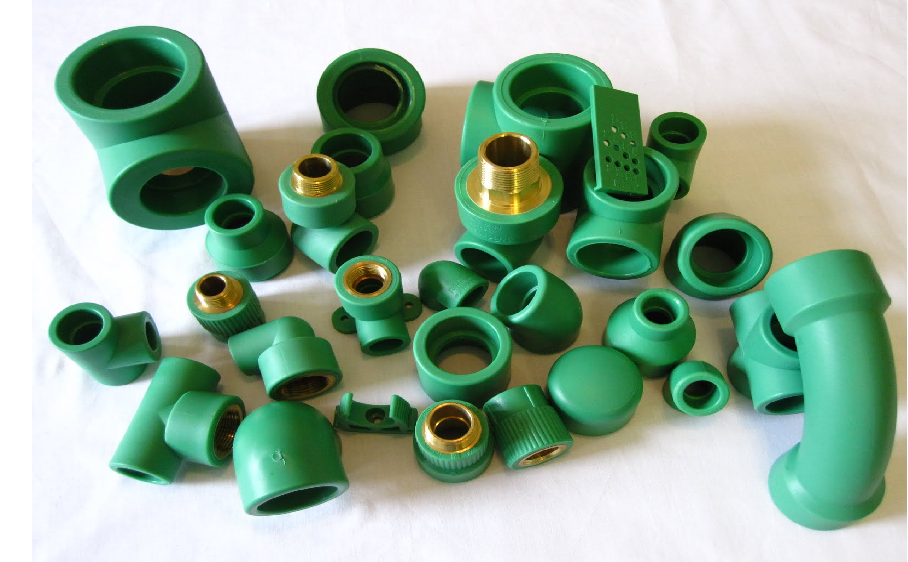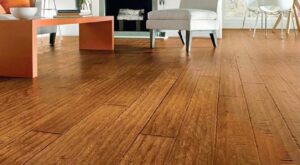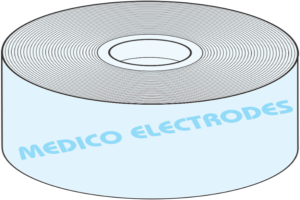What is PPR Pipe & where to Use PPR Pipes?

Since its evolution in the early 90’s the application of PPR pipe has turned out to be common, because of its durability, value effectiveness, and lengthy provider lifestyles. As a manufacturer, you will be curious as to why a few businesses pick to supply PPR over PVC and PE pipe. In this article, we are able to cowl the fundamentals of PPR pipe, its capabilities, benefits, and its most commonplace packages.
What Is a PPR Pipe?
PPR pipe is a straight and rigid cylindrical pipe, crafted from Polypropylene Random Copo lymer plastic, produced via a continuous extrusion procedure. They are usually presented in inexperienced or white color, and outer diameter sizes starting from 20 mm to 110 mm make the pipe walls some distance thicker than PVC. PPR pipe is accompanied by a chain of connection fittings, components, and add-ons available for every pipe diameter.
Characteristics of PPR Pipes
Here are the list of some eye-catching list of PPR pipes:
Low Thermal Conductivity
The thermal conductivity of PPR may be very low, which means the temperature cannot easily be performed from the out of doors surroundings to the liquid inside the pipe, and vice versa. This component reduces heat loss or advantage for the duration of the shifting of warm or cold fluids respectively, resulting in power green structures and lower insulation costs for PPR piping. If you are looking to buy PPR pipes make sure to buy it from renowned brands and there are various vendors out there who sell pipes with no quality.
Long Service Life& Durability
PPR piping systems can stay functional for over 50 years, at a wide range of fluid and environmental running temperatures. Moreover, PPR pipe reveals exceptional sturdiness in both warm and bloodless water systems. Firstly, it could bear the temperature and strain stress of warm water systems.
At the same time, PPR pipe is capable of structurally facing up to effects even in bloodless weather installations with no threat of cracking or breaking, unlike other not unusual kinds of plastic piping.
Efficient Inner Surface
The inner floor of PPR pipe could be very easy and boasts a very low friction coefficient, as compared to standard kinds of piping. This resulted in a reduction of strain losses in the course of fluid shipping and distribution, similarly contributing to the power efficiency of PPR piping systems. Moreover, unlike metal pipes PPR no longer flakes or scales, making them more secure to apply. Using PPR pipes can protect many future problems that usually come with time when it gets old. So, basically it’s best to avoid unwanted leakage and crakes with authorized PPR pipes.
Chemical & Mechanical Endurance
Compared to standard plastic piping structures, PPR offers very high resistance to abrasion by means of difficult particles. This is mainly critical in instances of proper water or industrial applications, wherein the transferred beverages can also comprise abrasive debris.
Moreover, unlike traditional steel piping, PPR is inert to most electrolytes and chemical compounds, over a wide range of temperatures. This electrolytic and chemical inertness makes PPR piping secure to use in cases of high water salinity (eg. In pool applications that use seawater) or maybe especially corrosive chemicals (eg. In industrial programs).
Ecological & Economic Efficiency
Due to the low weight of PPR pipes, their delivery, coping with, and installation don’t require high amounts of electricity intake or manual hard work. At the same time, they’re very easy to reduce, be a part of, and paint with, making them even extra economically sustainable.
Moreover, joining PPR pipes and fittings is executed solely through warmth and doesn’t require any additional chemical substances or materials. All of these factors contribute to PPR’s low environmental impact and usage fee.
PPR Pipe Applications
The durability, in your price range, and ecological benefits of PPR have ended in it being used for an increasing number of packages in current years.
Most commonplace PPR pipe programs consist of:
Hot and bloodless potable water piping in residential, business, and public installations. Industrial piping for transferring water, sanitary drinks, liquid meals products, compressed air, and aggressive chemical substances eg. Particularly acidic or alkaline solutions. Building central radiator heating water, typically in a circular loop piping association.







